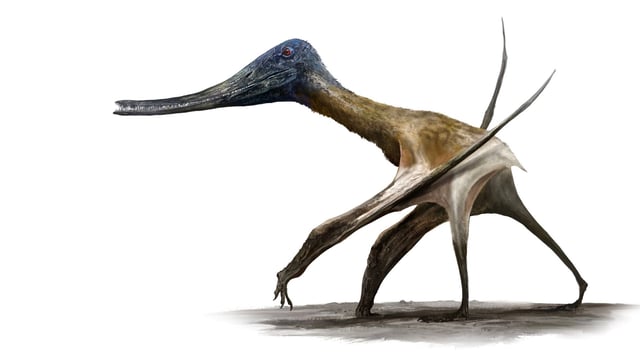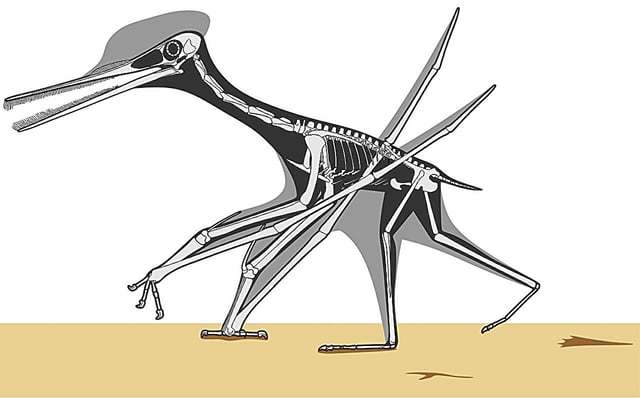Overview
- A study published in *Current Biology* confirms that pterosaurs transitioned to terrestrial lifestyles around 160 million years ago during the Middle Jurassic.
- Researchers identified three distinct track types, linking them to neoazhdarchians, ctenochasmatoids, and dsungaripterids, revealing clade-specific behaviors.
- Neoazhdarchian tracks, found in coastal and inland areas, show these large pterosaurs were frequent ground dwellers until their extinction 66 million years ago.
- Ctenochasmatoid tracks, abundant in coastal deposits, suggest these needle-toothed pterosaurs waded in shallow waters to feed, akin to modern flamingos.
- Dsungaripterid footprints, discovered alongside their skeletons, confirm their specialized feeding on shellfish using strong limbs and crushing teeth.


